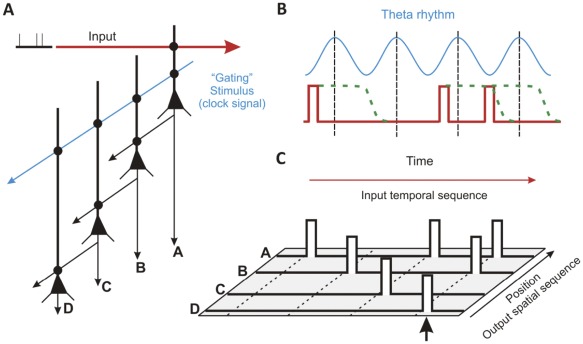Figure 6. DHR as the elementary building block for a feedforward memory architecture.
(A) The schematic illustrates one simple configuration of four hippocampal pyramidal neurons capable of temporal sequence recall. A sequence of three irregular pulses is modeled as the input (red) to a dendritic branch on cell A. A gating signal (blue), possibly a component of the theta rhythm, is a separate input onto the same dendrite. (B) If the input primes sufficient numbers of NMDARs within a time window (green dashed line) before the peak of the theta rhythm, a dendritic spike is generated which greatly increases the probability that cell A fires an action potential that is sent as input to cell B. (C) After four cycles the temporal sequence in this example is transformed into a spatial sequence encoded by activity in four adjacent neurons. Such a spatial pattern can then be recognized by classic attractor networks.

